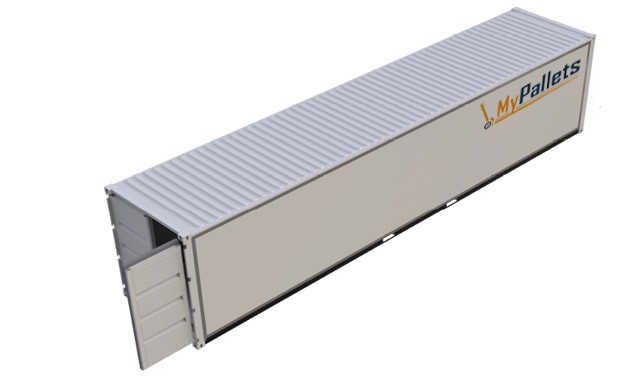Benefits of OnDemand Warehousing
OnDemand Warehousing
A report released by Gartner (world’s leading research and advisory company), discussed the importance of on-demand warehousing for businesses worldwide. With the rise of the e-commerce industry, it has become much harder to manage warehousing and fulfillment services using traditional methods. There is a need for temporary warehousing, a new approach to managing storage, and retail distribution effectively. When you are expanding your business rapidly and do not want to commit a large amount of upfront capital to a distribution network, on-demand warehousing can be a scalable solution for you. On-demand warehousing gives you access to short-term storage solutions so you don’t run out of storage space due to the increased inventory. Using on-demand warehousing techniques to optimize your distribution network can help shorten the last mile of delivery and save on transportation costs for both you and your customers.
The only way to reducing last-mile costs is to get your inventory closer to customers. With inventory placed near your demand center, you are shortening the distance that goods need to travel, and take advantage of the most cost-efficient carrier options and ground delivery.



Mass communication
Customers will be able to get products tailored specifically to their needs (sizing, design, functionality, and even pricing) manufactured, or assembled as soon as the order is placed, and delivered via their channel of choice.

Shortened delivery times
Rather than having large distribution centers located remotely with hundreds of thousands of SKUs in stock, there will be a network of smaller fulfillment centers producing, and supplying goods real-time (leveraging vacant spaces like abandoned gas-stations, grocery stores, etc.) that allow on-time deliveries within minutes of order placement.

Improved speed & accuracy
Leveraging automation instead of manual labor, where machines fill orders without any human intervention and with the help of technologies such as autonomous mobile robots, automated storage, and retrieval systems (AS/RS), asset tracking technologies, and automatic high-speed conveyors, etc.
For Demand: Growth Driving Factors
- Increasing urbanization and smaller living spaces. An increasing percent of the population are living in cities which increases the demand for self-storage.
- More businesses are looking to self-storage thereby lowering costs and managing space issues. E-commerce has been growing at high rates and some vendors are electing to use self-storage to solve problems with inventory management and to smoothen our supply chain operations.
- Demand for cold storage is also being increased by consumers’ growing aversion to chemical food preservatives. Refrigeration is a highly effective food preservative that can keep crops such as apples fresh-tasting for months without chemicals by slowing ripening and decay.
- More food industry companies are outsourcing the storage and distribution of their products to refrigeration warehouse companies.
- Historically, the food industry handled these activities in-house but rising costs of operation, including increasingly complex and expensive technological systems have made outsourcing more attractive even though cold storage doesn’t come cheap.
Growth Driving Factors
The industry benefited from rising consumer spending levels and growing trade activity from 2015-2020, which increased the volume of goods being shipped and generated demand for industry storage services.
Temperature controlled services include blast freezing and tempering. Additionally, although some downstream companies decided to manage their own warehouse facilities instead of outsourcing these functions to industry operators, this trend has not substantially hindered industry performance.


Clients include manufacturers of produce that is “temperature sensitive”:
meat plants, dairy farms, fish vendors, etc.



Essentially any product that is sold in the “frozen aisle” in the grocery store comes through short term cold storage. This means that manufactures of all those different types of produce are clients.

